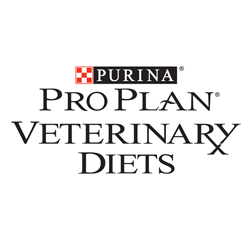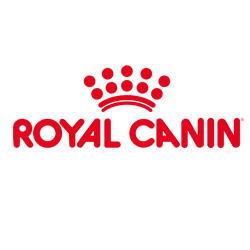Prevention of Obesity
Prevention of overweight and obesity aid the patient’s overall quality of life and may contribute to a lengthened life span.32–35 It is easier to prevent weight gain than it is to treat obesity, adding to the advantages of prevention.36,37 Obesity discussions can be challenging, as there may be a perception that recommendations are a judgment of the owner’s ability to properly care for their pet or a judgment of the owner’s own body composition. It is best to enter these conversations with compassion and sensitivity, while also remaining a steadfast advocate for the pet’s wellbeing (see section on Communicating with Clients).
Obesity comorbidities include osteoarthritis and endocrine diseases (e.g., hypothyroidism, diabetes mellitus, hyperadrenocorticism).38–41 In some cases (e.g., feline diabetes mellitus), preventing obesity may help reduce the risk of developing the comorbidity, whereas in others (e.g., hypothyroidism), the underlying condition will continue to predispose to obesity development unless adequately managed.
Table 6
Obesity Risk Factors
Download PDF
Excess calorie consumption
Human factors >
|
Causes |
Management |
|
|---|---|---|
|
Overfeeding primary diets |
|
|
|
Eating the other pets’ food |
|
|
|
Too many treats (>10% of diet) |
|
|
Animal factors >
|
Causes |
Management |
|
|---|---|---|
|
Spay/neuter changes in metabolism |
|
|
Decreased energy expenditure
Human factors >
|
Causes |
Management |
|
|---|---|---|
|
Overestimate pet’s activity level |
|
|
Animal factors >
|
Causes |
Management |
|
|---|---|---|
|
Age-related issues |
|
|
Genetic predisposition
Genetics >
|
Causes |
Management |
|---|---|
|
|
In order to successfully prevent obesity, an approach including risk factor assessment and mitigation is recommended. Obesity risk factors stem from both human-related and animal-related roots (Table 6). A main human factor is the ability to overfeed the primary diet, and owners find it difficult to make subsequent adjustments. Animals may also overeat if they have access to another pet’s food bowl. Compare reported intake against calculated requirements based on ideal BW and make downward recommendations accordingly. Reassess and adjust recommendations as needed at each subsequent visit.
Owners also have the ability to overfeed food items that are not the primary diet and overestimate their pet’s activity level.42 Advise owners to maintain all additional item intake to ≤10% total daily caloric intake to avoid disrupting nutrient balance of the primary diet. To increase exercise in cats, consider the use of feather toys, cat trees, exercise wheels, or similar devices. Fitness trackers may increase owner motivation to increase their dog’s physical activity.43
Animal factors must also be considered to effectively prevent obesity (Table 6). Energy requirements are reduced after spaying or neutering, necessitating intake reduction.44–46 Certain breeds (e.g., Labrador retrievers, beagles, Norwegian forest cats, Persians) are predisposed to weight gain and the owner should be educated regarding obesity risk, even if their pet currently has an ideal BCS.47,48
Increase in BW through middle age contributes to the prevalence of obesity.47–49 Energy requirements are thought to decrease through middle age in the dog, which contributes to this weight gain,50,51 although results are not consistent.52 Metabolic rates in the dog can also be influenced by breed and their respective life expectancy. 52 During senior and geriatric life stages, loss of lean body mass and overall weight loss can occur.35 In cats, fat, protein, and energy digestibility can decrease with advanced aging.54,55 Energy intake can be higher for senior cats to compensate for this decrease in digestibility.56 An important aspect of obesity prevention and maintenance of ideal BCS and MCS is incorporating the entire practice team in client education. Appropriate training is essential to ensure that the team speaks with a common voice (see section on Leveraging the Value of Proper Nutrition in Your Practice).






